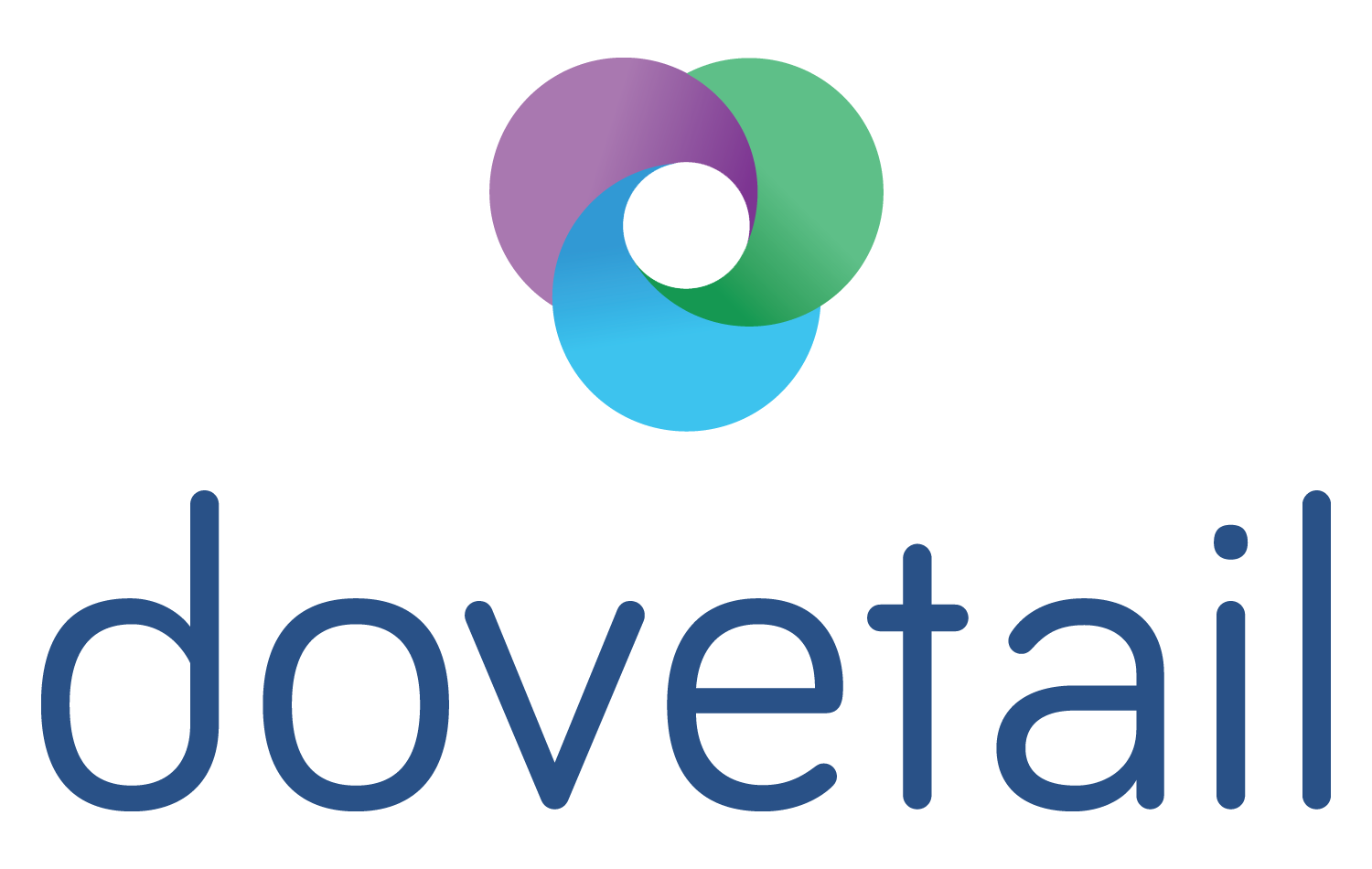Workshopping in isolation
With the global disruption wrought by COVID-19 in so many ways, from the tragic to the mundane, those of us fortunate to still be in work are having to find new ways of connecting with our colleagues.
There is no shortage of advice and tips on the web now on how to run effective online workshops and videoconferences, not least this post from my colleagues in the Kinnect Group. Here I thought I’d offer a few reflections from a recent series of workshops that I had the privilege to facilitate.
The main reflection for me is that although we do have to make adaptations to our approach when we shift from in-person to virtual workshops, there are fundamentals that remain: inclusion, respect, careful planning, balancing structure and spontaneity, and acknowledging the challenges we face as well as the opportunities we seek.
Initially we planned a four-hour, in-person workshop, with the aim of building a collective commitment across a range of organisations and agencies to a series of safe and healthy street improvements in South Auckland.
However, as more and more restrictions were emerging to counter the spread of COVID-19 in Aotearoa, we decided to shift towards an online workshop, split across two sessions. This was absolutely the right move, as only two days before the first session, a complete lockdown was ordered across the country and suddenly everyone was working from home.
With the backdrop of COVID-19, this was a time of upheaval and uncertainty for everyone involved. Yet by the end of the two workshops, we had brought together 23 people who mutually agreed key principles for working, a leadership structure, workstreams and sites for activity, and the contributions that partners would bring.
Looking back, there were a range of elements that made it work, some of it related to how we used the technology, but a lot of it was just about preparation, collective commitment, respect and ensuring all voices were brought to the conversation. In no particular order of importance, these were:
Planning and engagement – The workshops were a collective effort with at least six people having input into the design and overall approach. We wanted to ensure the project reflected the needs of the community, and that the workshops would be the start of a successful partnership.
Pre-reading – The project coordinator distributed a tight and well-assembled set of background documents setting out the journey of the project and some key areas for consideration, and people came in well-informed and able to build from this resource base.
Acknowledging who is there – In an online setting, it’s just as, if not more important to build connection, such as by allowing everyone to introduce themselves, and respecting the cultures of all in the room through opening and closing with a karakia (prayer), as is now common in meetings in Aotearoa.
Workshop roles – We had two people taking notes throughout the session, one verbatim and one mind-mapping key elements. Another participant kept an eye on tech issues and made direct contact with anyone having difficulty, especially in the early phases. This meant as facilitator, all I had to do was keep an eye on the room, keep the conversation going, and be mindful of the agenda.
Structured engagement – We had a clear agenda to follow, but we also had structured processes for engaging people. Those who wanted to speak could use the cues that the platform allowed to signal when they wanted to talk, and I would bring them in, in turn. At key points, we also ensured that there were opportunities for all to offer perspectives by seeking feedback from everyone in turn.
Acknowledging the backdrop – We all acknowledged the uncertainty of the current environment and the impact it was having in our lives, and gave thanks to everyone for taking the time to participate.
Slowing down – It wasn’t just the backdrop, collaborative online sessions have an intensity about them that can be exhausting. Running two, two-hour sessions over a week enabled us to work at our best, and gave everyone time to reflect on what had occurred in the previous session and refine the ideas further. And just taking the time to make sure all perspectives were covered, meant that the collective commitment was that much stronger.
Frameworks that matter – Ultimately, this project wants to make a positive different in South Auckland. We used Collective Impact principles to structure the session, not because they were on the shelf waiting for us, but because they were a well-established foundation for action by some of the partners in the project, and provided a platform that all could build from.
Working with the limitations – Bandwidth is in high demand right now, and my desk is a long way from the Wi-Fi modem. I set up a laptop close to the modem to ensure connectivity from my end, and we held open the option of turning off video to minimise disruption in the conversation. Fortunately this wasn’t needed.
And finally, the mute button – I can’t stress the importance of everyone switching on the mute button except when they’re talking. When we’re working from home, there are many parts of our daily lives that can suddenly find themselves getting wider attention. It can bring some light relief though! It’s fundamentally the same though as ensuring respect for speakers in an in-person setting, simply adapted to the virtual environment.
There are a steadily growing range of tools available for online settings, including brainstorming tools, shared document and presentation tools, and mind-mapping software, all of which can enhance the virtual experience. They’re helpful, but they’re still tools. From my perspective, the fundamentals of building engagement and commitment across a group of people remain constant in any setting.
My thanks to the leadership of the Safe and Healthy Streets project for inviting me to facilitate, and my deep gratitude to everyone involved for your mahi and commitment to making a difference.

